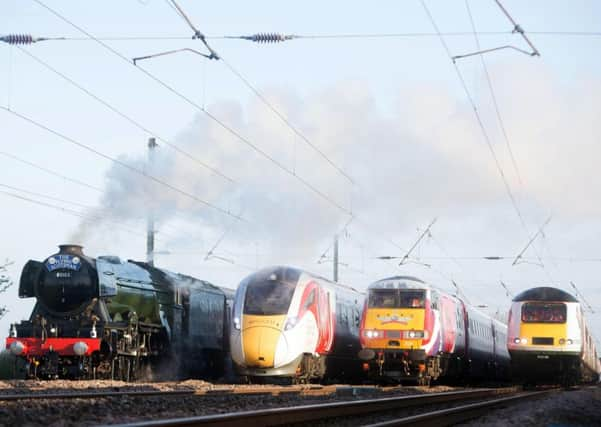YP Comment: The power of trains old and new


Watched by thousands of railway buffs, the trains travelled along a flat stretch of the route between Tollerton and York station, with Flying Scotsman joined by an HST Intercity 125 (Class 43) and an Intercity 225 (Class 91) from Virgin Trains’ current fleet, as well as one of the operator’s Azuma trains, which come into service next year.
It was a reminder not only of our pioneering railway heritage but also the importance of train travel in this country and the East Coast main line in particular. Last month, Virgin Trains announced it was extending its half-hourly weekday service between Leeds and London to a Saturday, meaning there will be an additional 600,000 seats a year - testimony to the route’s strategic importance.
Advertisement
Hide AdAdvertisement
Hide AdFifty years after the short-sighted Beeching cuts that destroyed so much of the country’s rail infrastructure, it is ironic that a record number of people now travel by train each day. However, we do at least seem to be heading in the right direction and with our roads increasingly clogged up new railways are vital if capacity is to be increased across the whole network.
Bob Gwynne, associate curator at the National Railway Museum, talked yesterday about the railways undergoing a “renaissance” in this country. We must hope that he is right, though there’s still a long way to go before we can say they’re back on track.